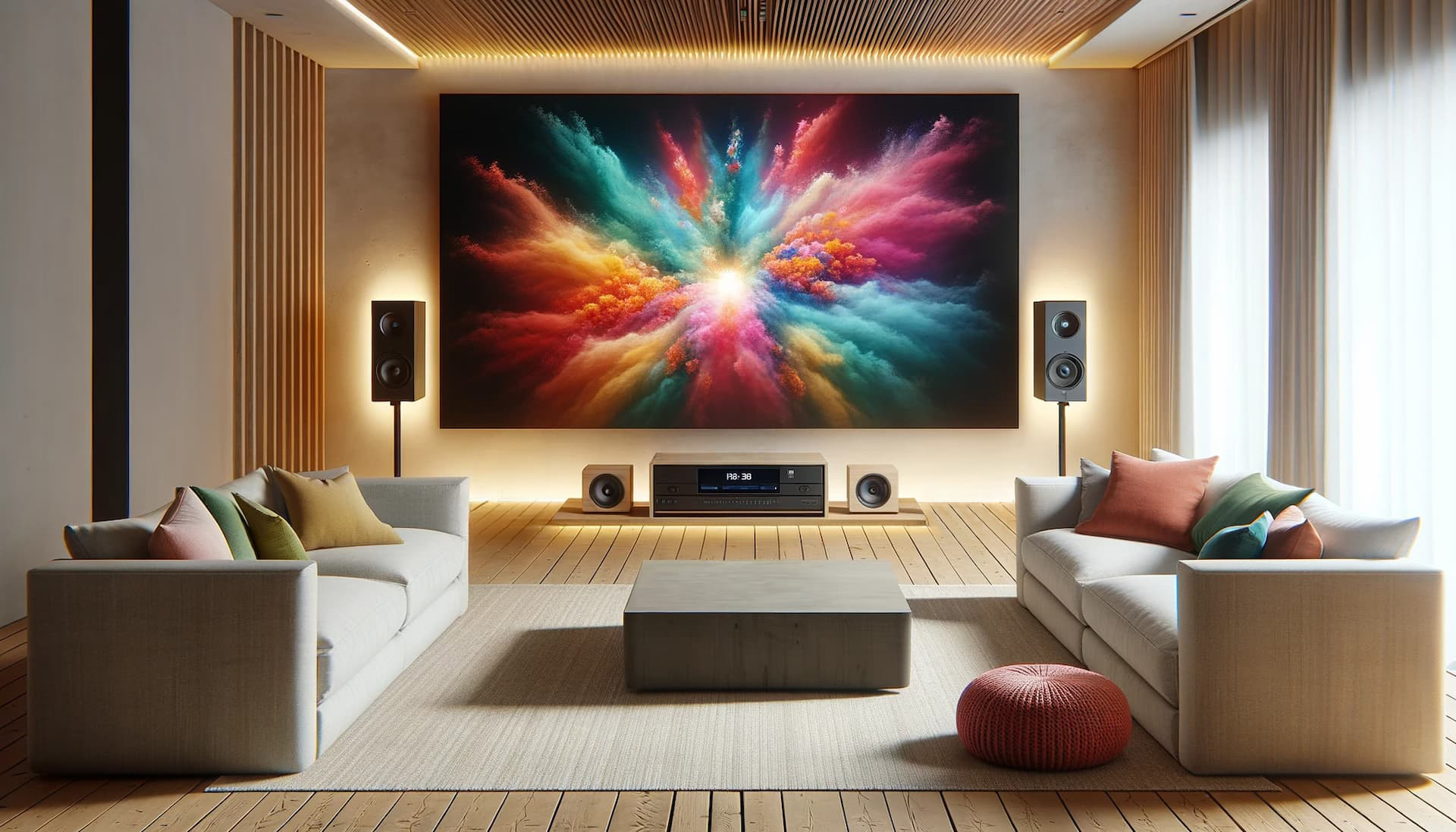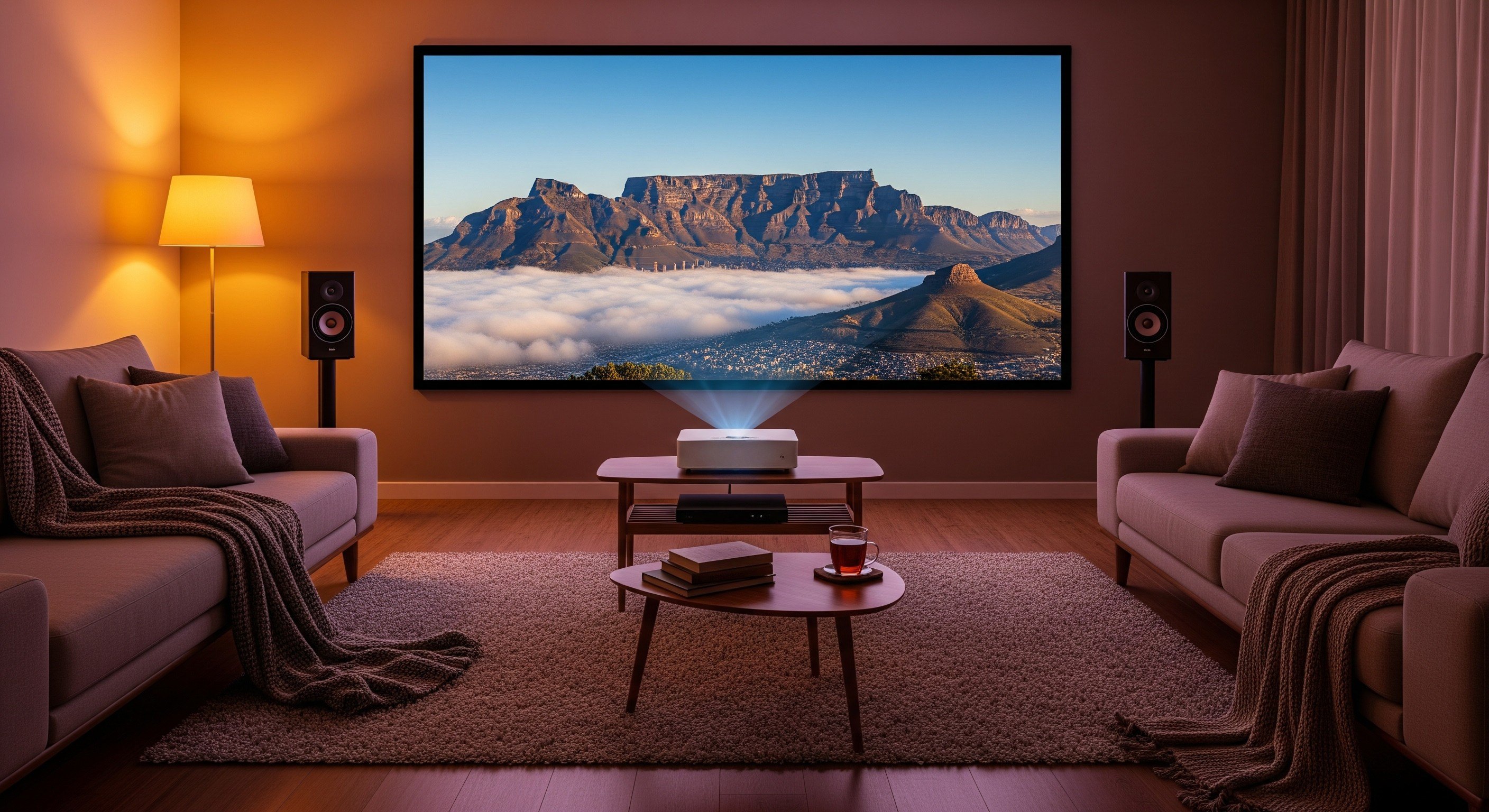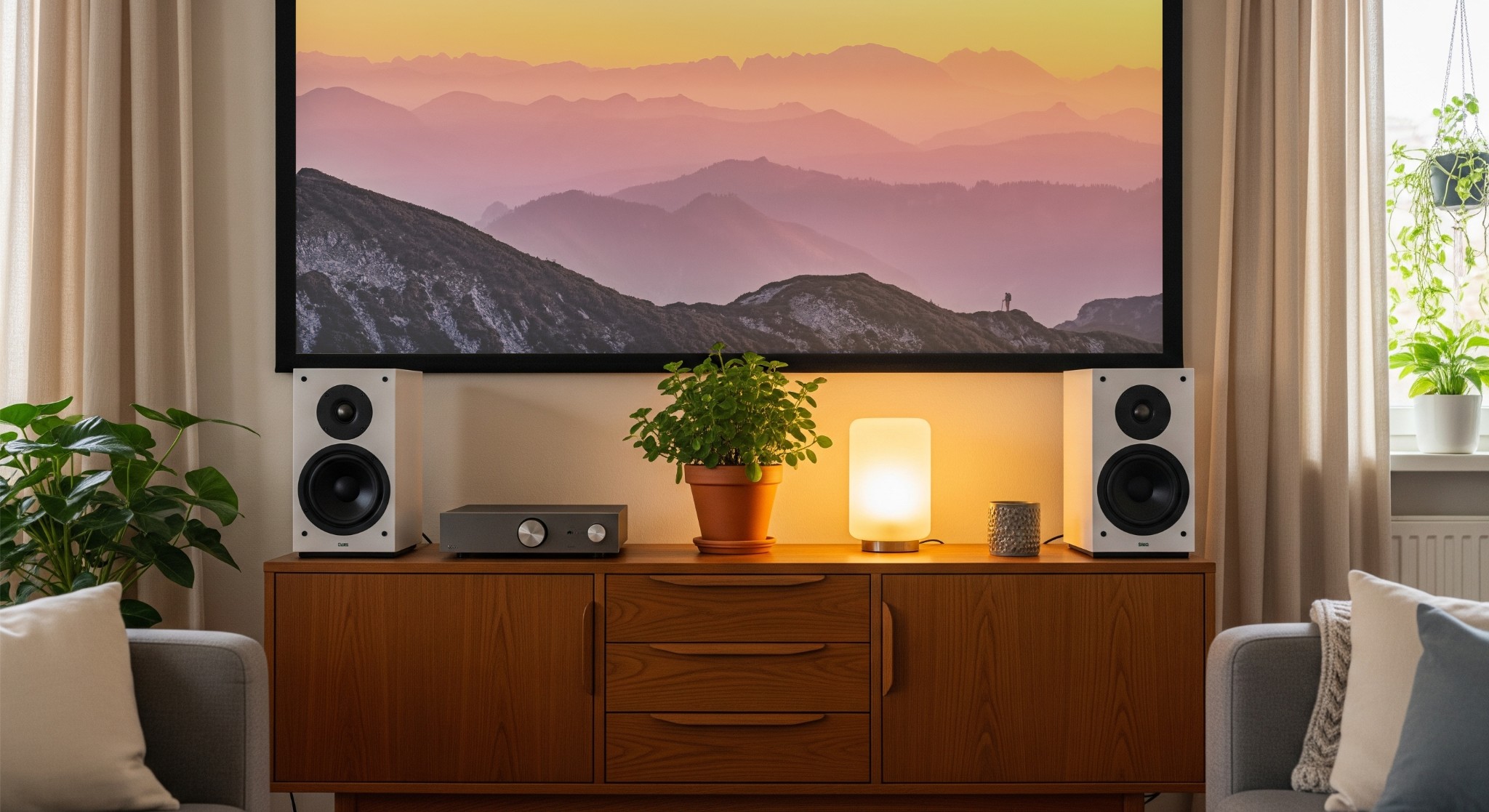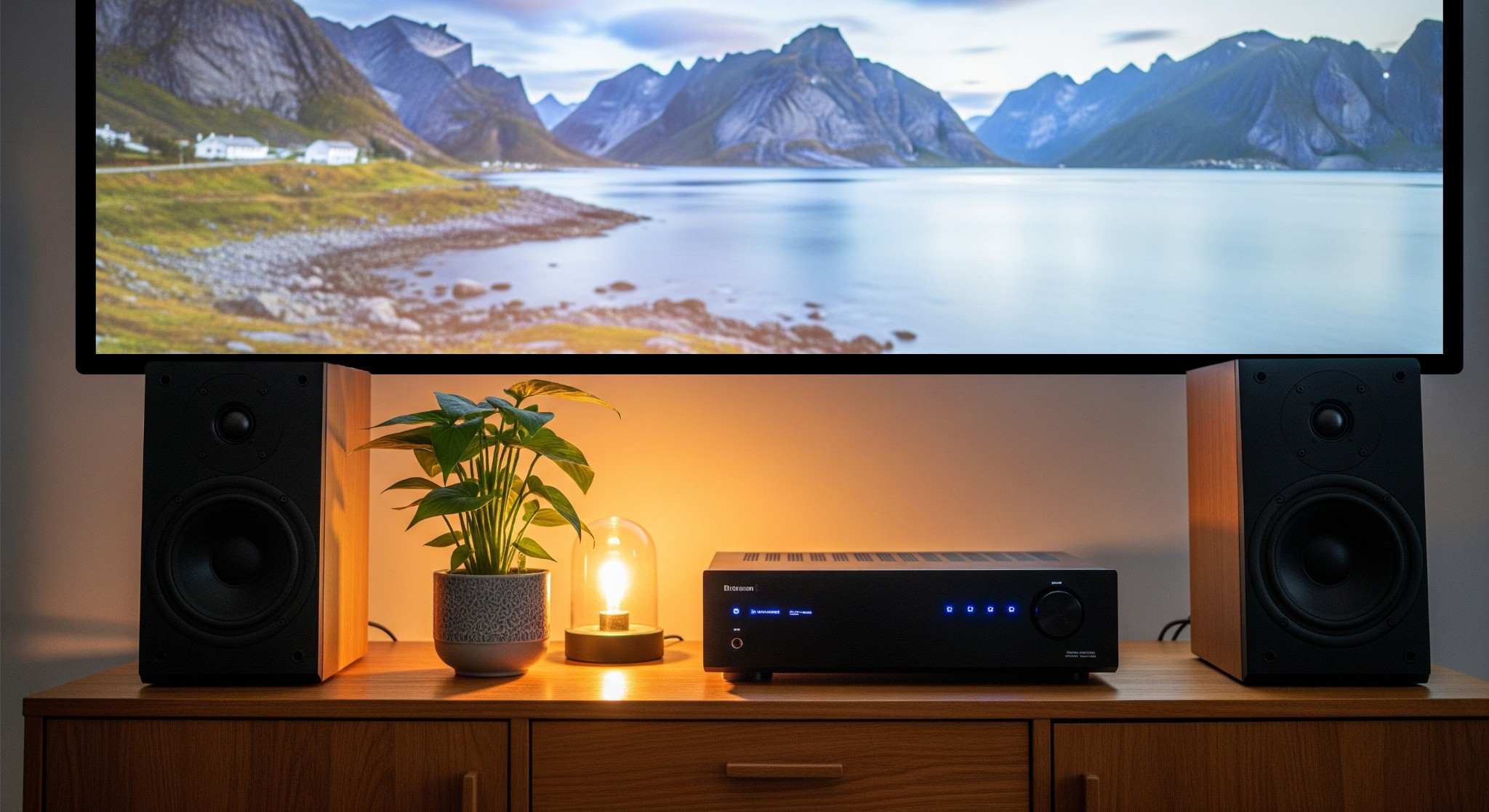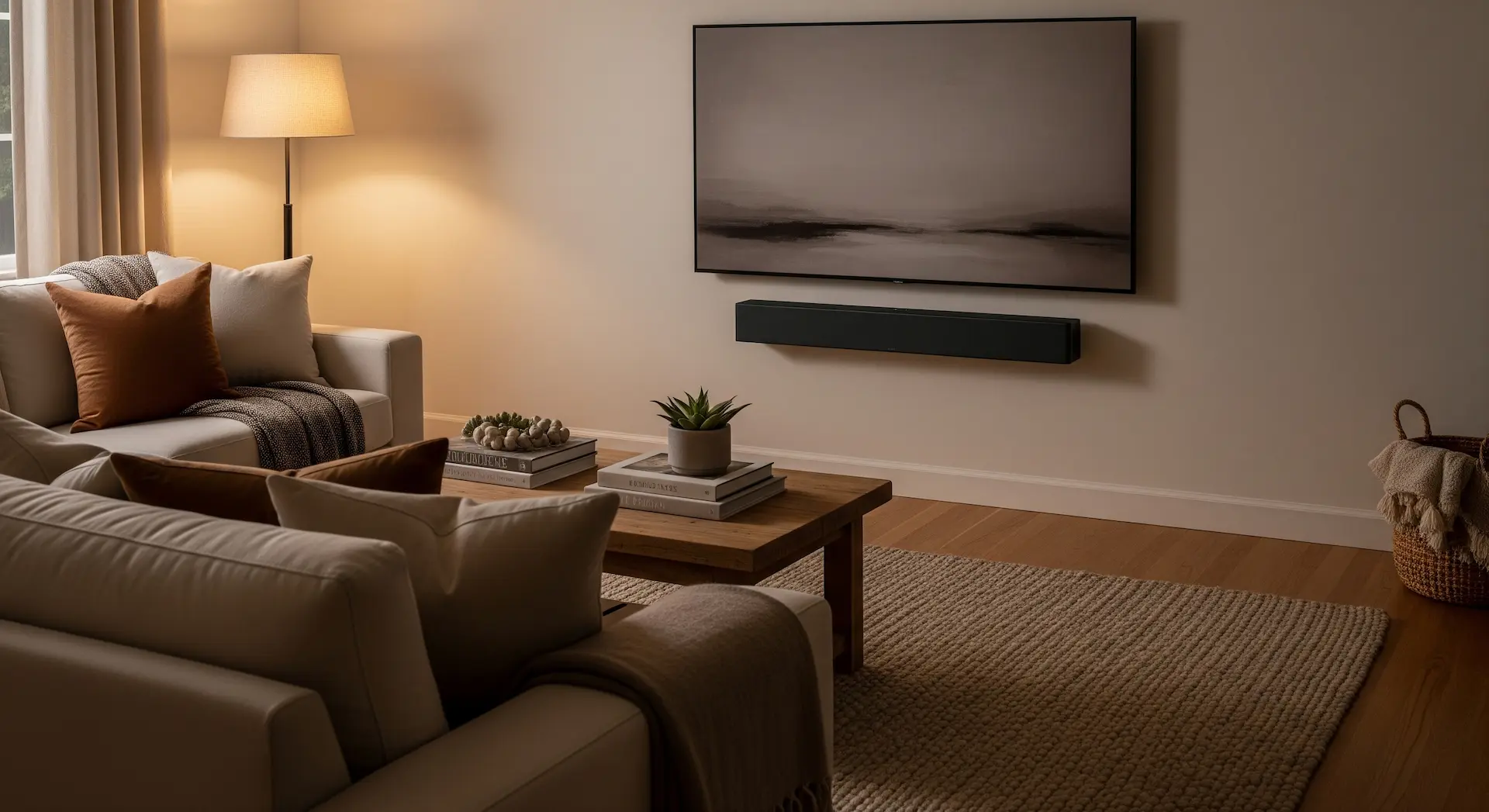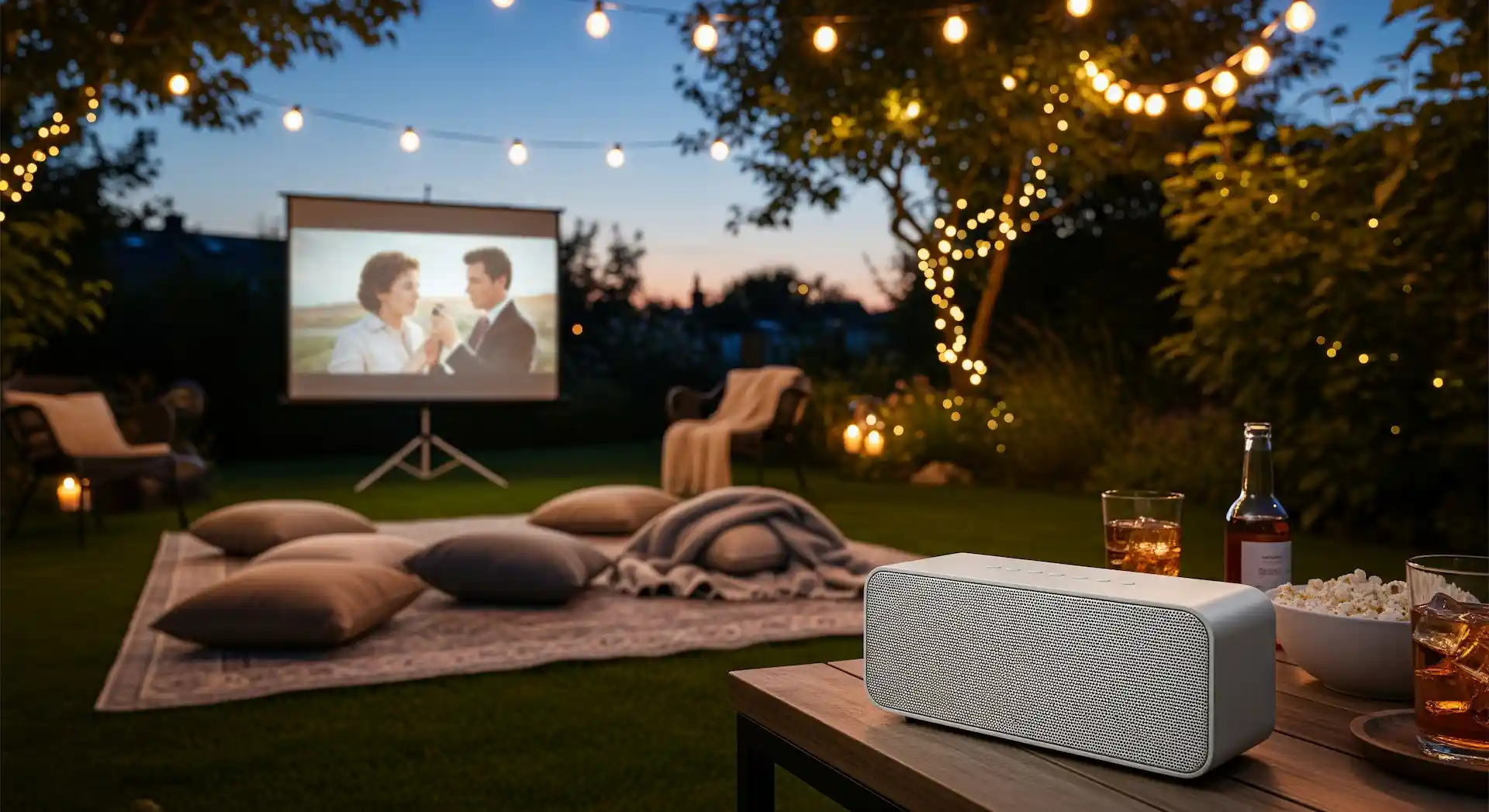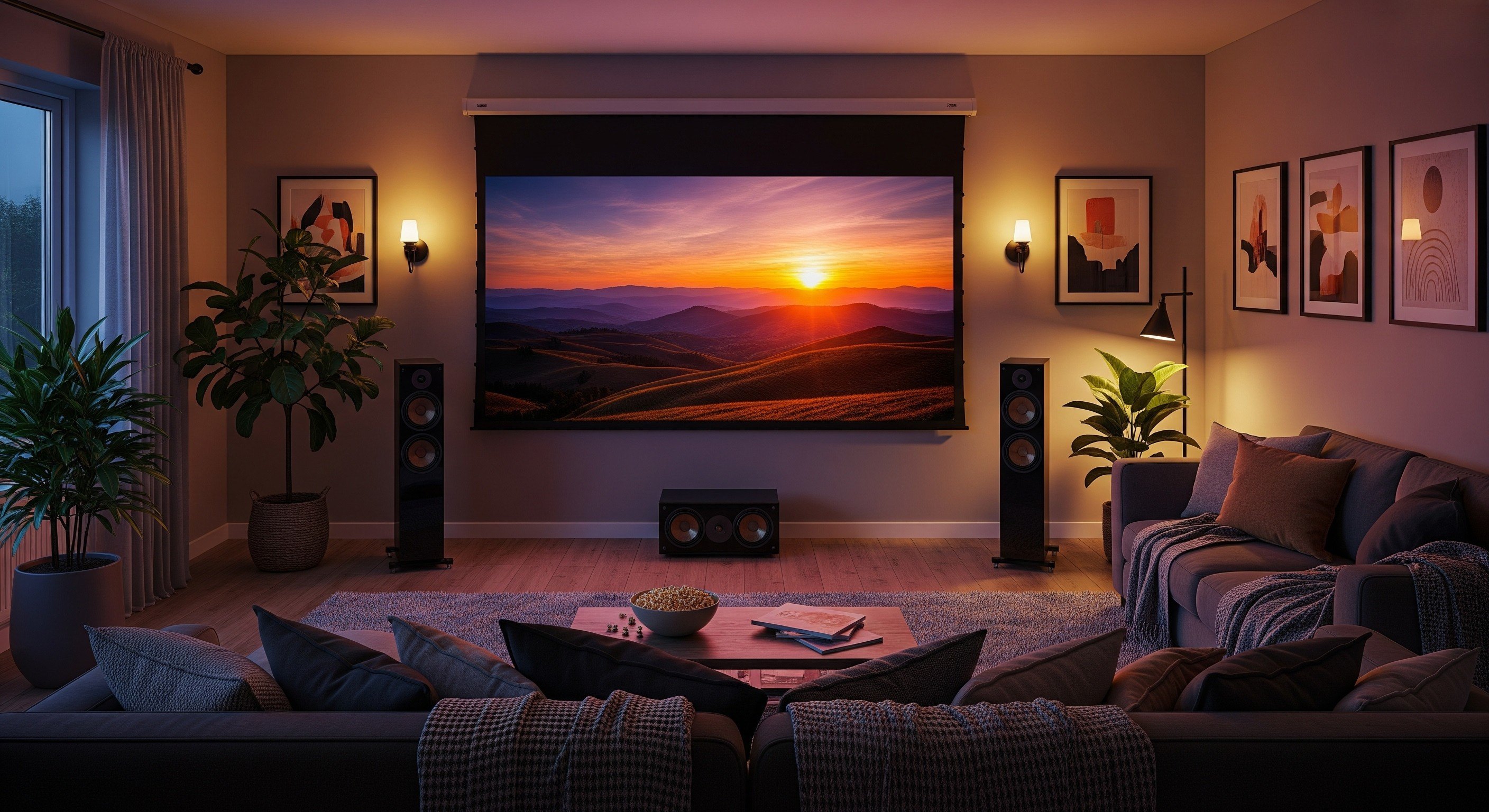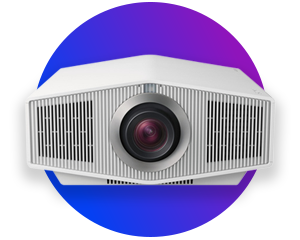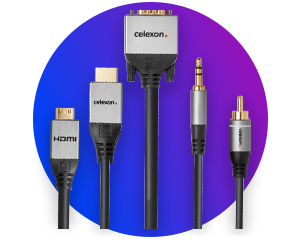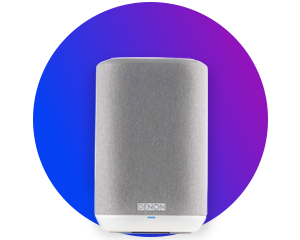Content
The main difference lies in the amplifier:
Active speakers have a built-in amplifier and can be connected directly to the signal source. They are therefore ready for immediate use and are a simple plug-and-play solution.
In contrast, passive speakers do not have a built-in amplifier. They always require a separate device, such as an amplifier or AV receiver, which is placed between the signal source and the speakers.
It depends on the type of speakers you have.
Active speakers have a built-in amplifier and are connected directly to your projector or laptop via an HDMI or 3.5 mm jack cable.
Passive speakers, on the other hand, always require an external amplifier, which is placed between the signal source and the speakers. The amplifier then transmits the video signal to the projector via an HDMI cable.
You can connect your Bluetooth speakers wirelessly to Bluetooth-enabled projectors.
Projectors with built-in speakers can be a practical solution, especially when mobility or lack of space is a factor. However, these are often underpowered and only offer a limited volume. If you want high sound quality, you should connect an external speaker or soundbar.


